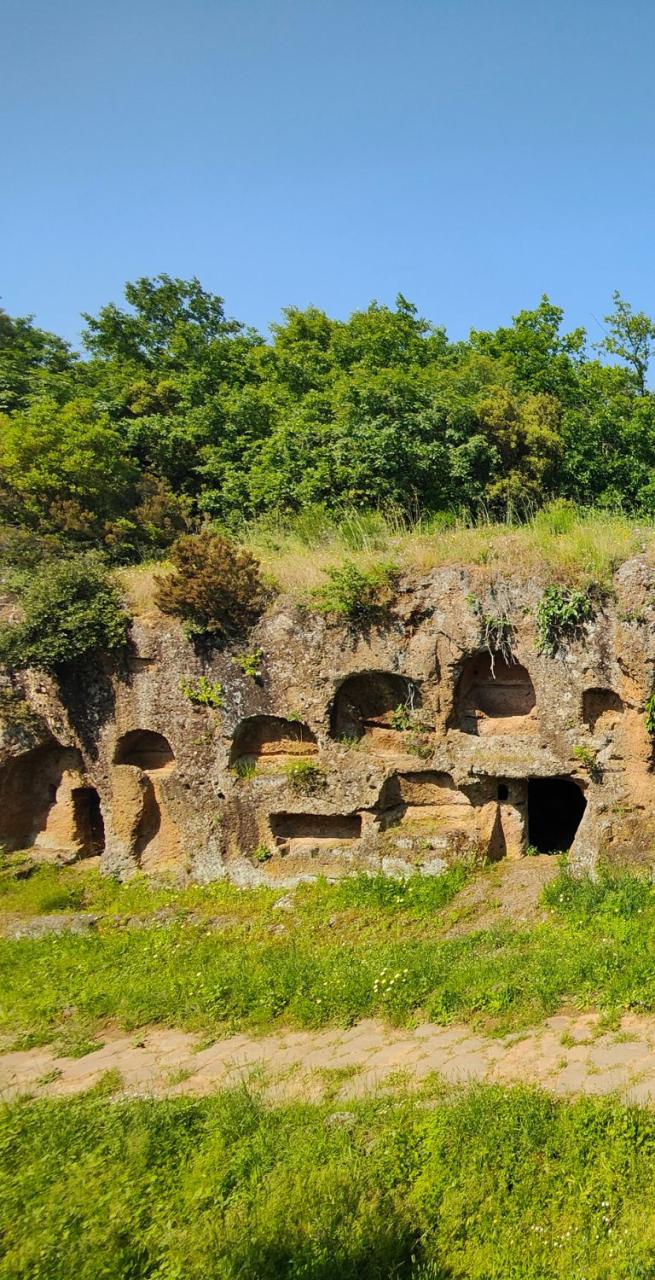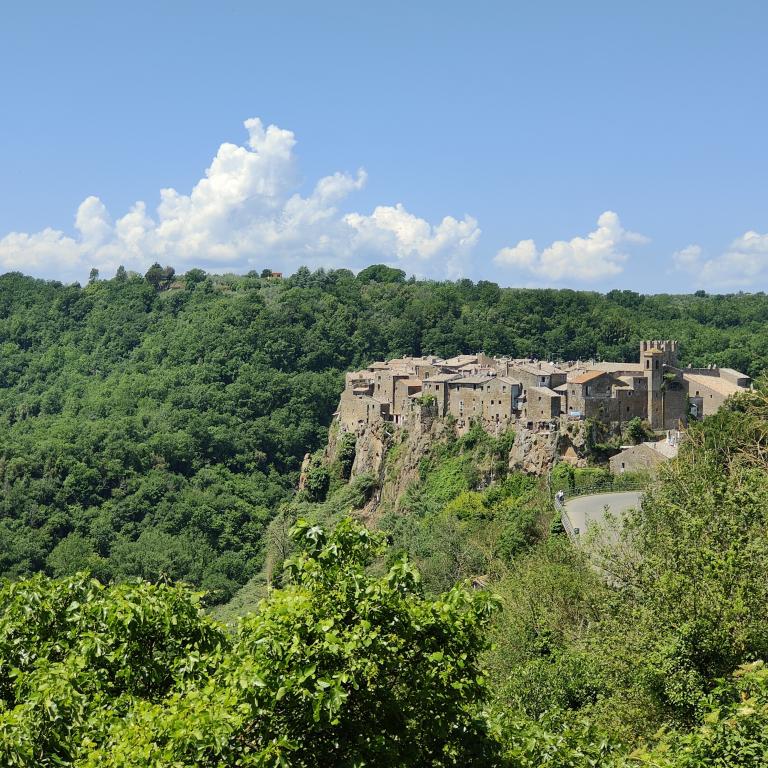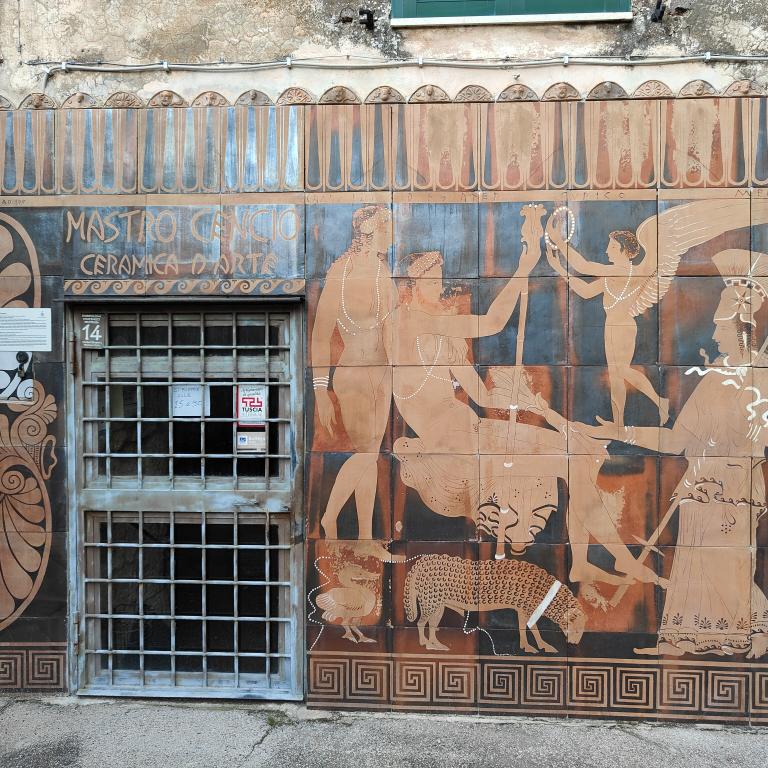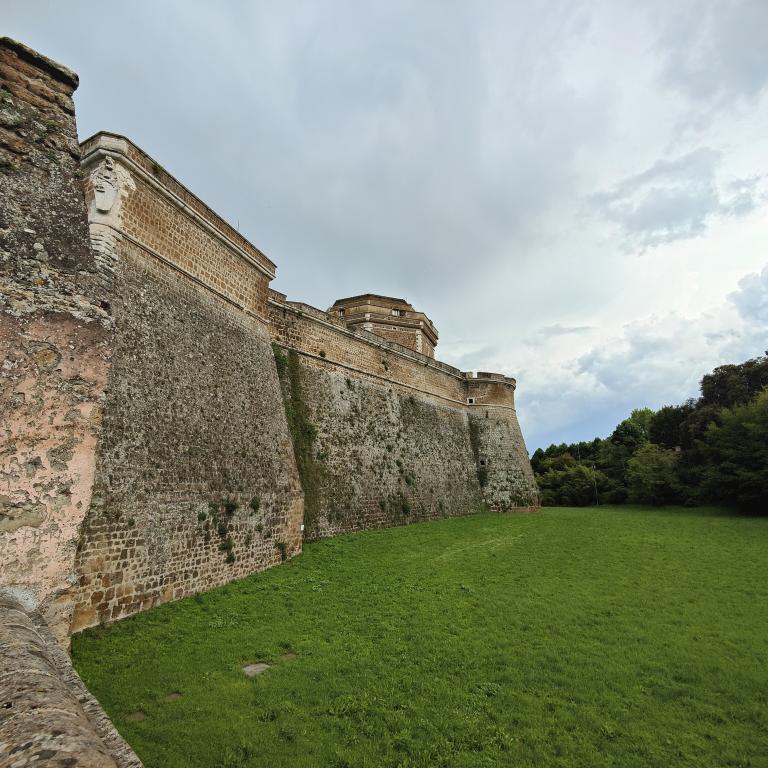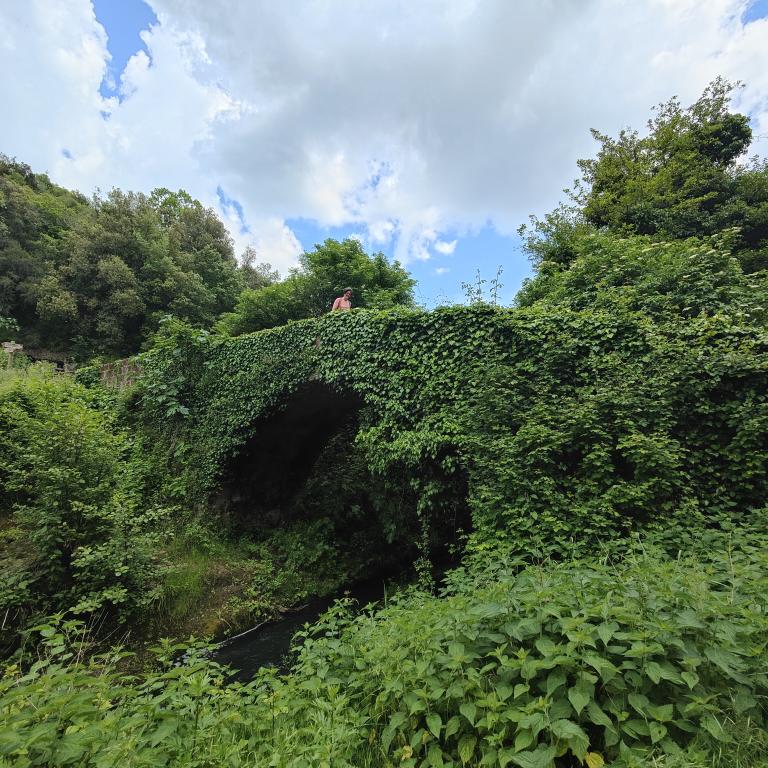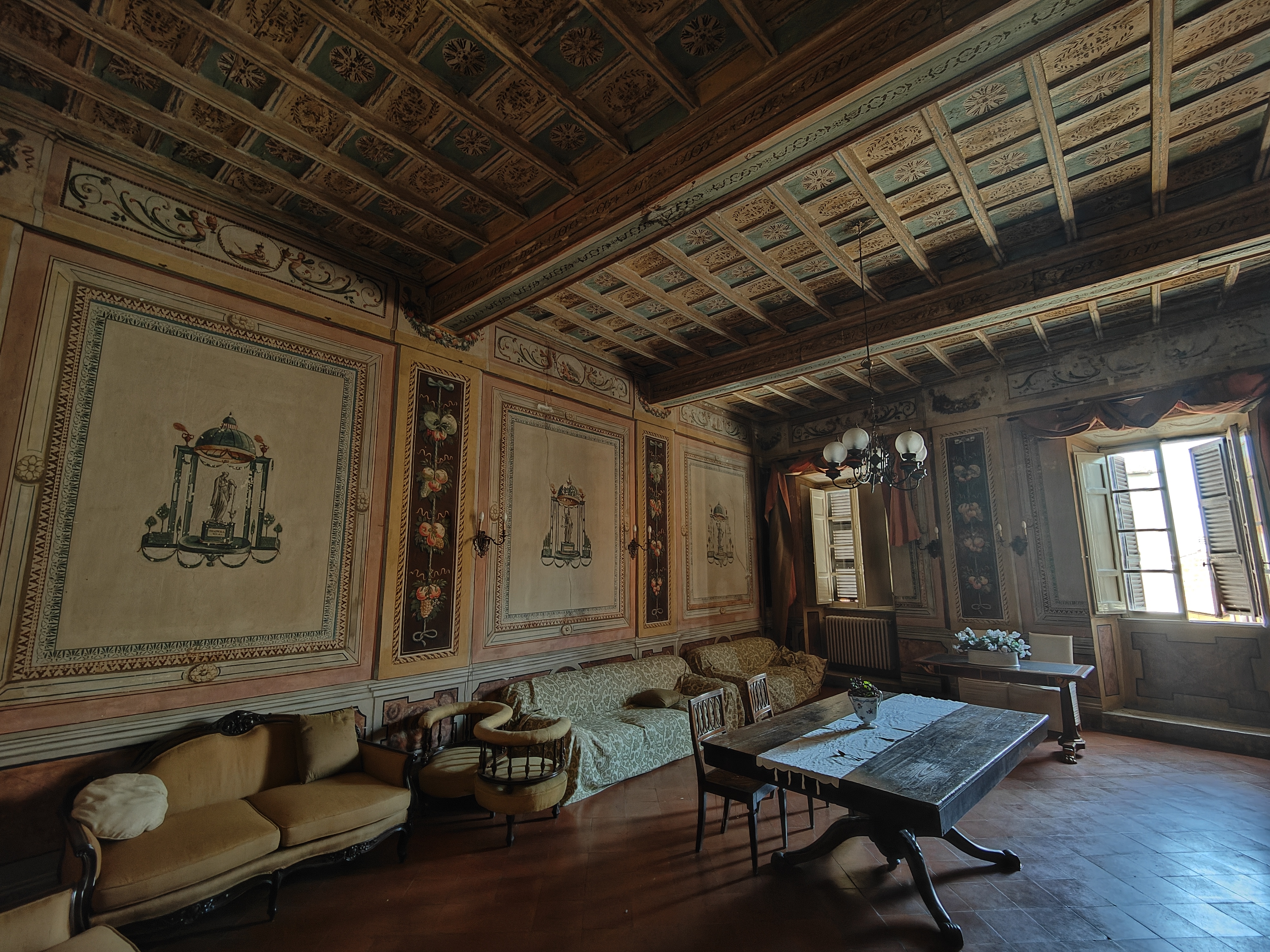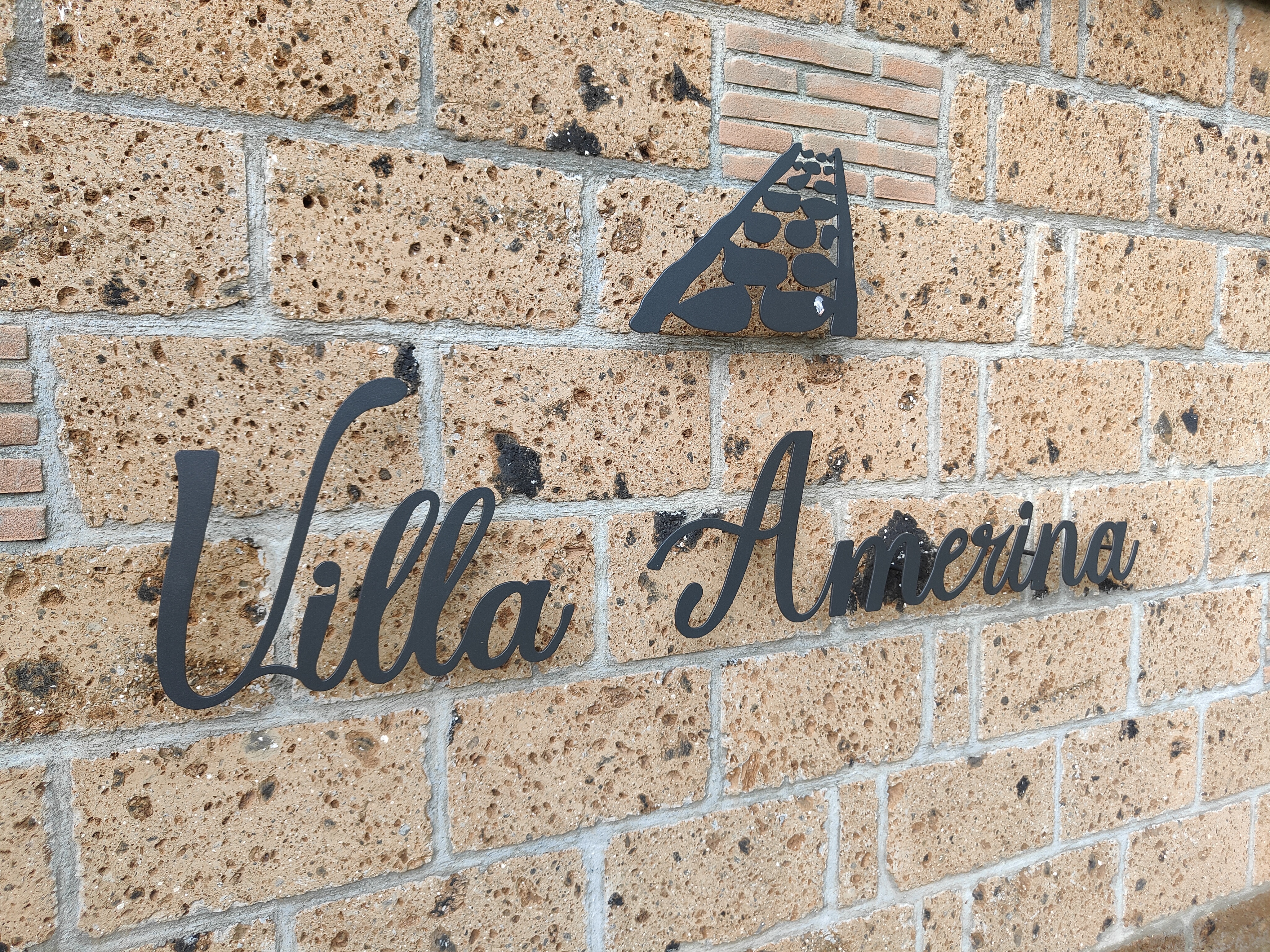A unique experience in this area rich in ancient history and culture; visit the ancient tophill villages of Civita Castellana, Faleria, Calcata, Nepi and Corchiano. Don't miss a visit to the Ceramics Museum and activities in Calcata, but especially a visit to the unique ancient ruins of Falerii Novi. During these 5 days, nature will be your constant companion: unspoiled forests, rivers and the spectacualar Treja Valley.
This tour takes you to one of those authentic, undiscovered areas of Italy you won't find in most guides: unique villages and unspoiled green forests, necropolis immersed in the woods and mysterious ruins, Roman bridges, Etruscan roads and natural wonders, make this area one of the first important architectures of Roman expansionism.

.jpg)
